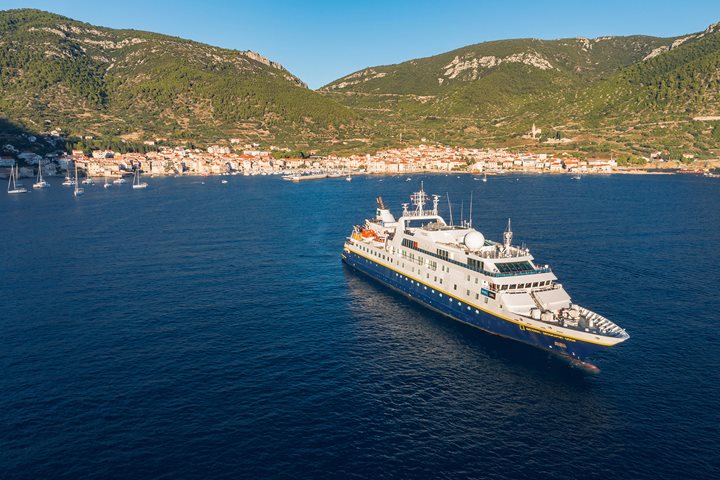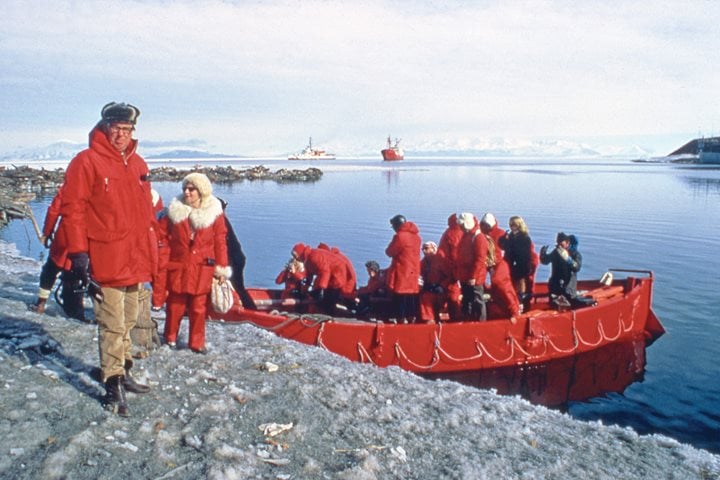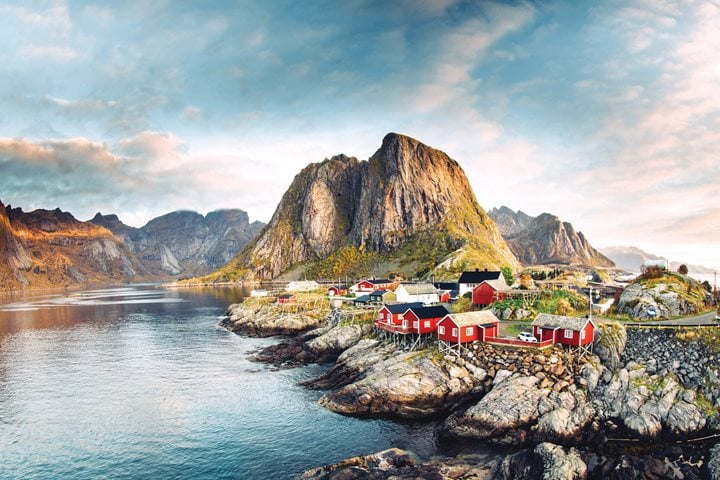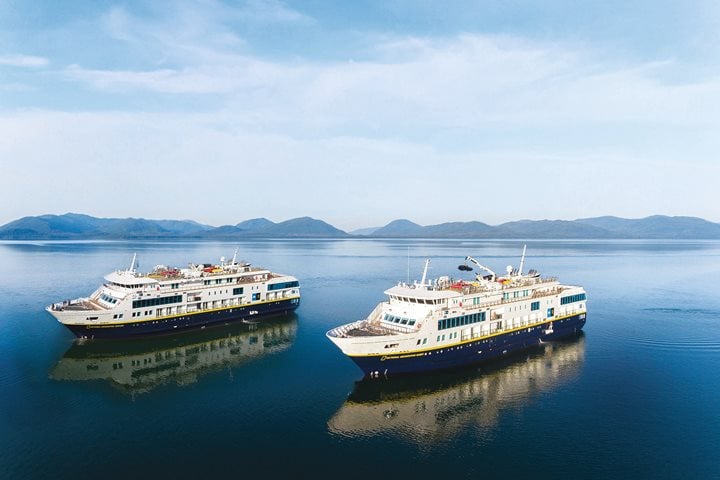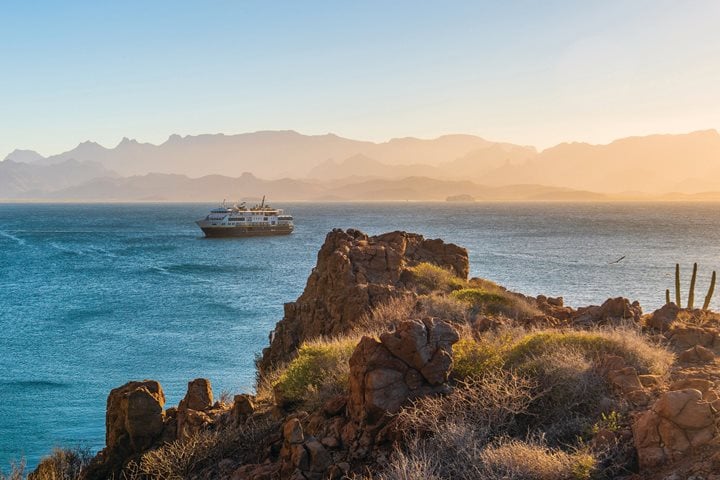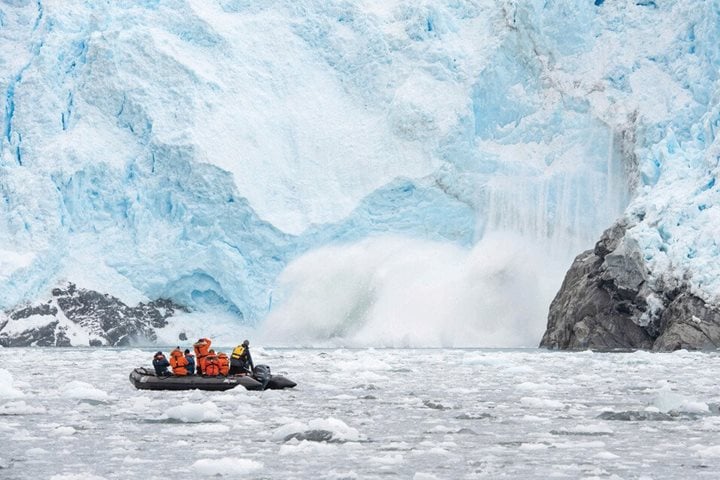Call +1.800.397.3348 or contact your travel advisor
Featured Articles
11/19/2025
7 Min Read
National Geographic Orion: A Ship for All Seasons
11/3/2025
Watch
Lindblad Expeditions: A Pioneering Legacy
In Brief
10/8/2025
6 Min Read
Experience Europe from a Different Perspective
8/22/2025
5 Min Read

